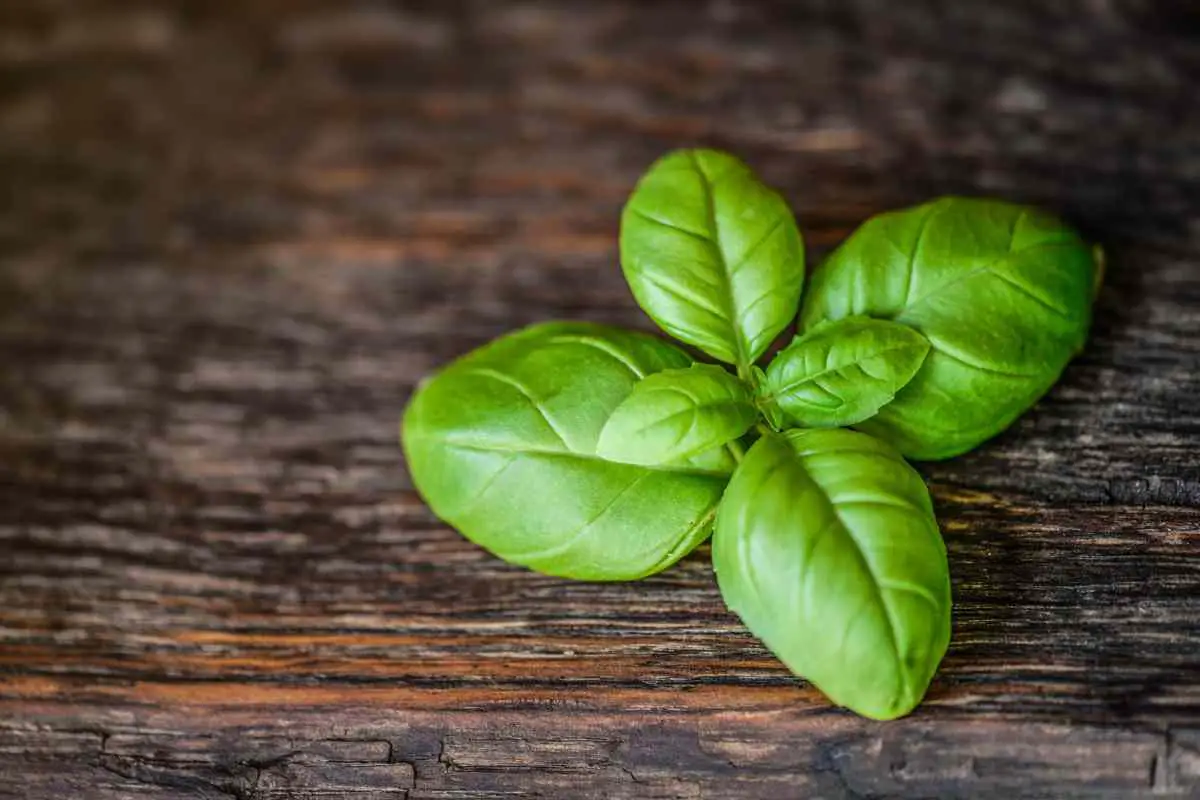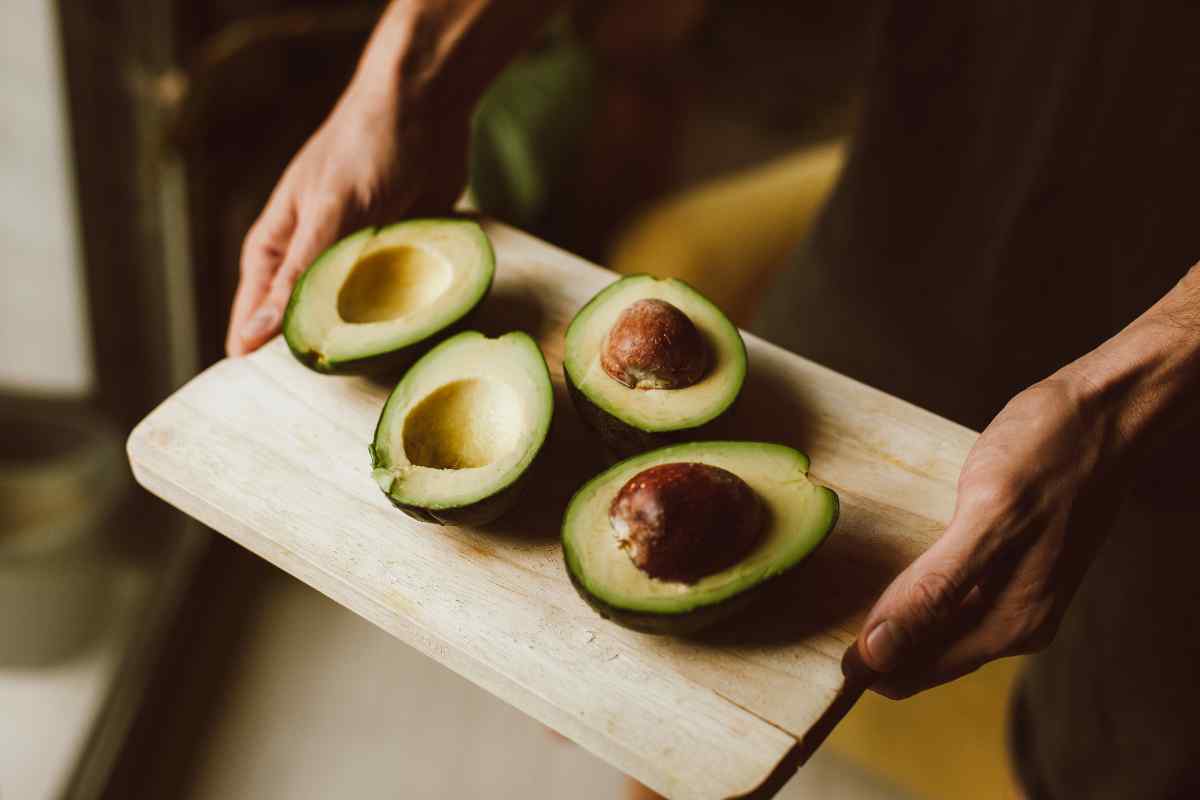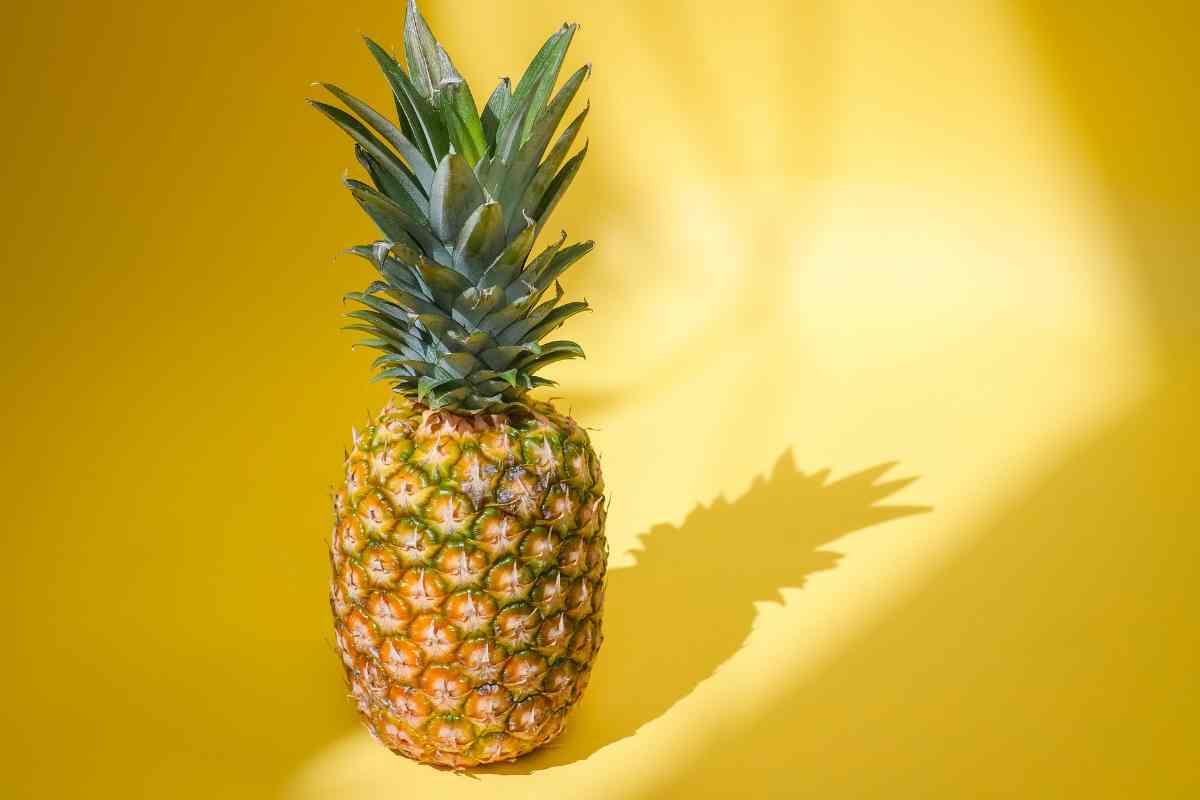If you open your banana and see red, it’s likely the Nigrospora fungal disease. It appears in the center of the banana in a thick red line. The fungus won’t make you physically sick if you accidentally eat it. Still, many people find the red appearance unappealing, which makes them queasy.
Overall, it’s likely this fungus if you find red streaks inside your bananas.
There’s more to learn about Nigrospora and other possible diseases in your produce.
Let’s begin!
Table of Contents
What Makes the Inside of a Banana Red?
There are a few different conditions that might make the inside of a banana turn red.
However, the most common issue is Nigrospora.
However, it could also be:
- mokillo
- moko
- or blood disease bacteria
They’re not dangerous to humans, but you still will want to throw out the bananas.
What is Nigrospora Fungal Disease?
Nigrospora is a fungal disease that can appear in tropical plants.
While it makes the banana unappealing to eat, it’s not dangerous to our health. However, getting rid of the fruit is always better if you’re unsure.
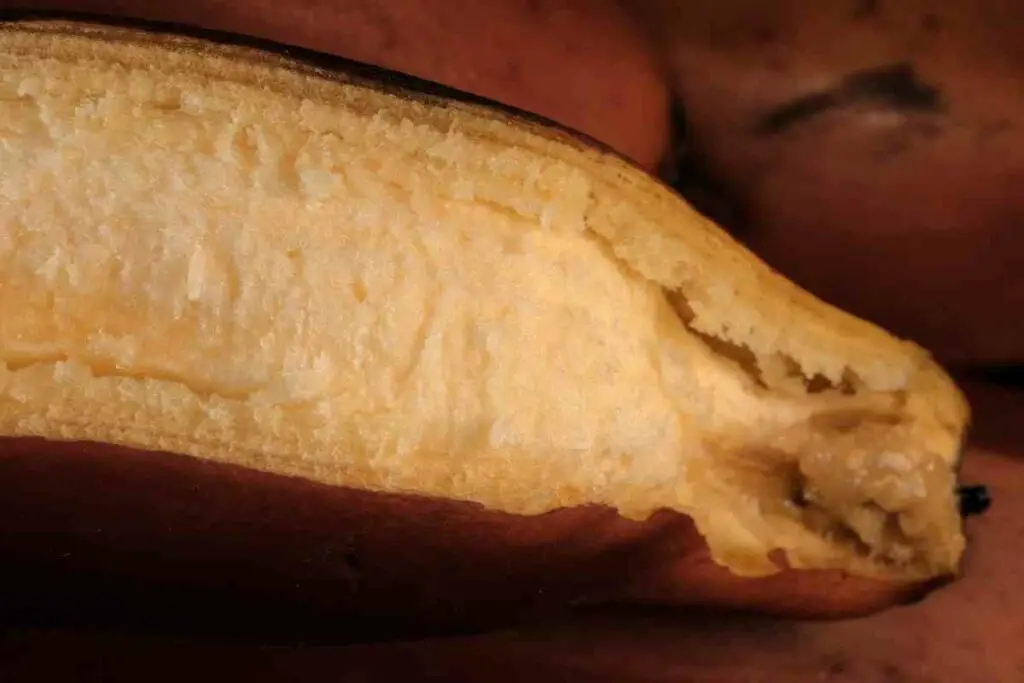
This fungal disease can spread through the air, infecting nearby bananas.
If you found one in a bunch with a red center, it’s worth checking the rest you have.
The odds are that they also have a fungal disease.
1. What is Mokillo?
Mokillo is a bacterial disease that can appear in bananas, and it’s not harmful if you accidentally eat a small amount of it.
The bacteria enter the banana through the flower end and are commonly spread by wind or water.
It’s rarely found in bananas today, although it’s easy to confuse it with Nigrospora or moko.
2. What is Moko?
Moko is another bacterial disease in bananas.
However, this one comes from pests and cannot be treated. It’s a very common disease that can cause mass loss of banana crops and make the fruits rot.
While moko turns bananas red, you probably won’t find it in bananas you see at the store since it usually ruins the fruit before it can be shipped.
3. What is Blood Disease in Bananas?
The final reason your banana appears red could be that it has banana blood disease.
This illness is a form of wilting caused by bacteria.
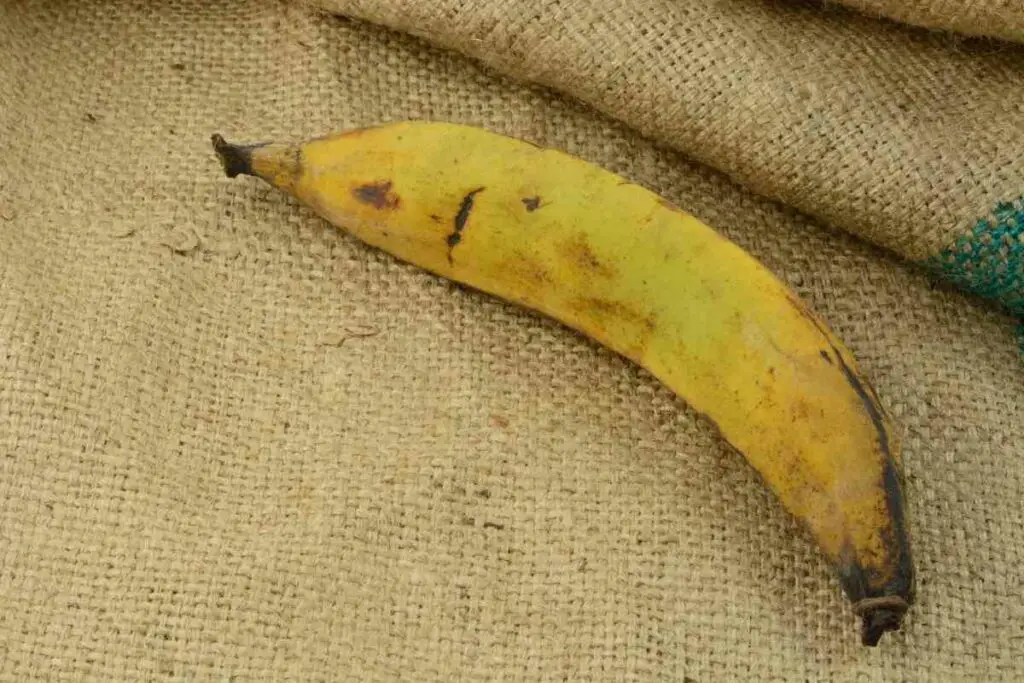
The plant also rots and becomes discolored. It’s closely related to Moko and has similar symptoms.
Although, the two are not the same. It’s worth noting that it’s not actual blood in the bananas— simply a fruit discoloration.
If this disease is in your banana, it’ll appear reddish-brown in the fruit instead of the darker red associated with Nigrospora.
Overall – If you find red in your banana, it’s likely one of these four causes. The most common one you’ll find in the fruit you get from the grocery store is Nigrospora. This fungus can quickly spread among other bananas.
Are The Red Streaks in Bananas Blood?
No, it isn’t blood when you find red streaks in your bananas.
Several years ago, a rumor started online that the red fungus you might find in your banana was blood someone had injected into the fruit. These stories are not true at all.
There was another rumor that the red streaks came from HIV-infected blood, which is also untrue.
Pictures of the fungal disease Nigrospora in bananas spread online, with people claiming the produce contained blood.
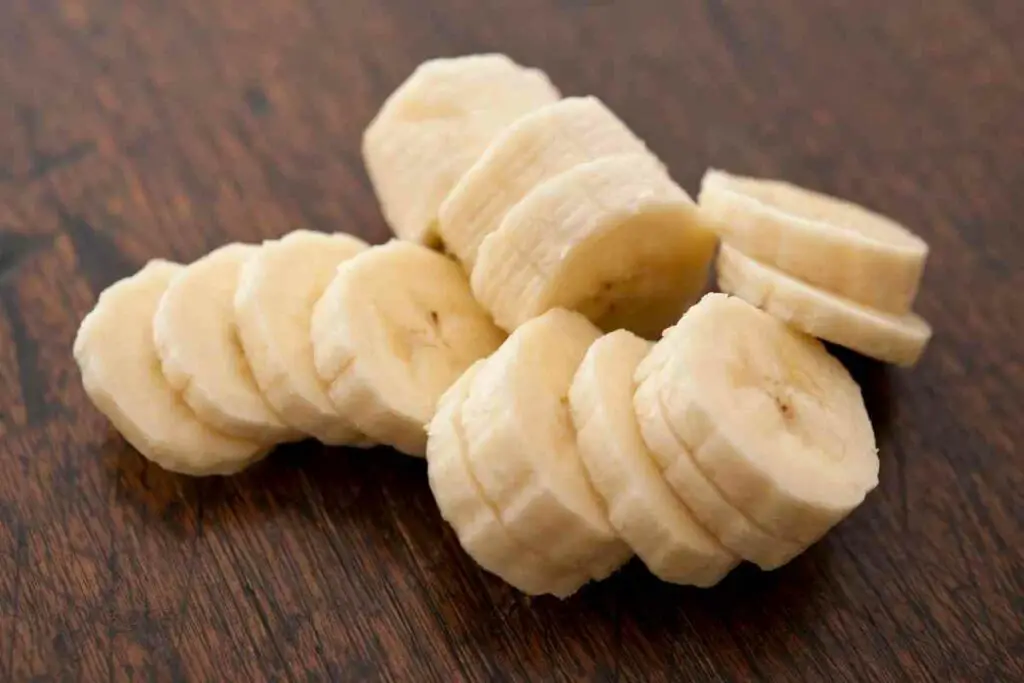
All this achieved was paranoia surrounding bananas you can buy at the grocery store.
Every so often, someone finds red fungus in their banana and panics. You’ll want to remember that Nigrospora isn’t harmful to your health.
And, despite how it looks, it’s a fungus and not real blood. You shouldn’t post the red fungus pictures online as it can scare people from eating bananas.
In Short – If you see red in your banana, it isn’t a cause for alarm. It’s normal for some produce to succumb to fungus. You can toss out or compost the infected bananas and keep the rest to eat.
What Causes Nigrospora Fungal Disease in Bananas?
Bananas come from tropical areas, which are very humid.
While these conditions are perfect for growing fruit, they also make it possible for fungi to thrive.
Debris, such as leaves or fallen bananas, can carry the disease.
The spores of Nigrospora travel after it rains and can then infect new bananas that absorb the water or contact spores in the air.
The fungus spreads throughout the banana fruit during transportation, so farmers don’t catch the disease before it makes its way into the supermarket.
It starts as a small dark center in the fruit. Then, turns red and spreads through the entire core of the banana. It can appear as a solid red line or broken streaks within the fruit.
The red portions of the banana are also extremely squishy and turn to liquid when you apply pressure to them.
So, the fungal disease is prevalent in tropical areas that happen to grow bananas. However, there are ways for farmers to prevent the fungus from spreading to all of their crops.
How To Prevent Nigrospora Fungus?
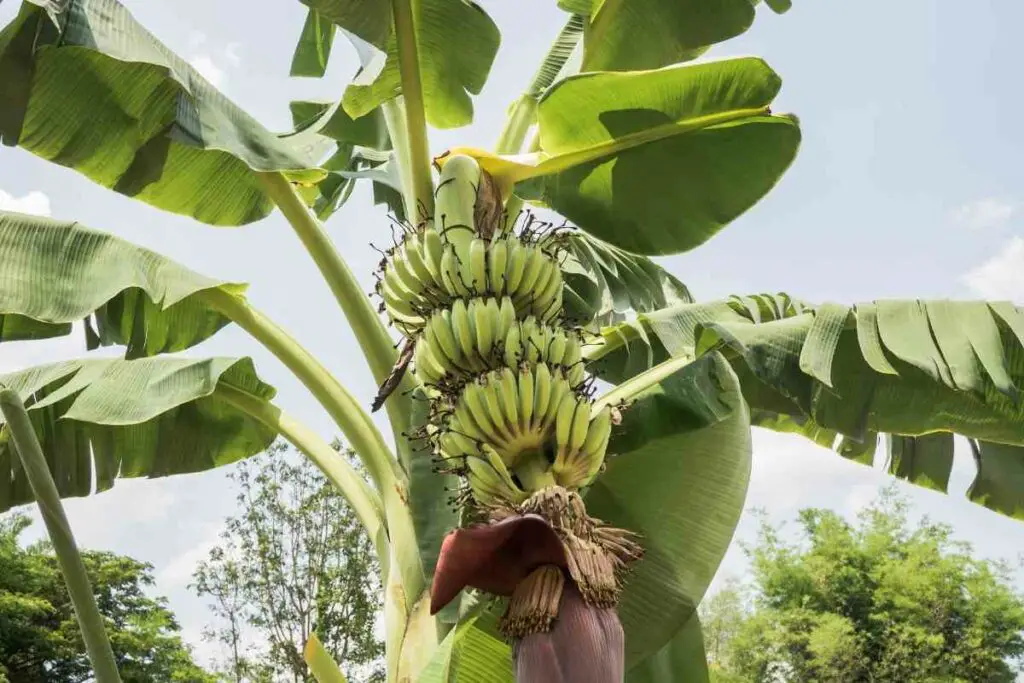
Farmers can treat their banana plants with specialized fungicides to prevent the further spread of the disease to the rest of their crops.
The ones that work the best include fungicides with thiabendazole, benomyl, and benzimidazole compounds.
These fungicides aren’t as effective on infected bananas, but they can prevent them from spreading to healthy banana plants.
Nigrospora can devastate bananas, so you must act quickly if you find it on one of your plants. Even though it’s not harmful to us, it can easily ruin entire banana crops.
Can Nigrospora Spread to Humans?
Nigrospora rarely spreads to humans.
There are reported cases of fungus living on people’s eyes or skin, but it’s extremely unlikely to happen to you.
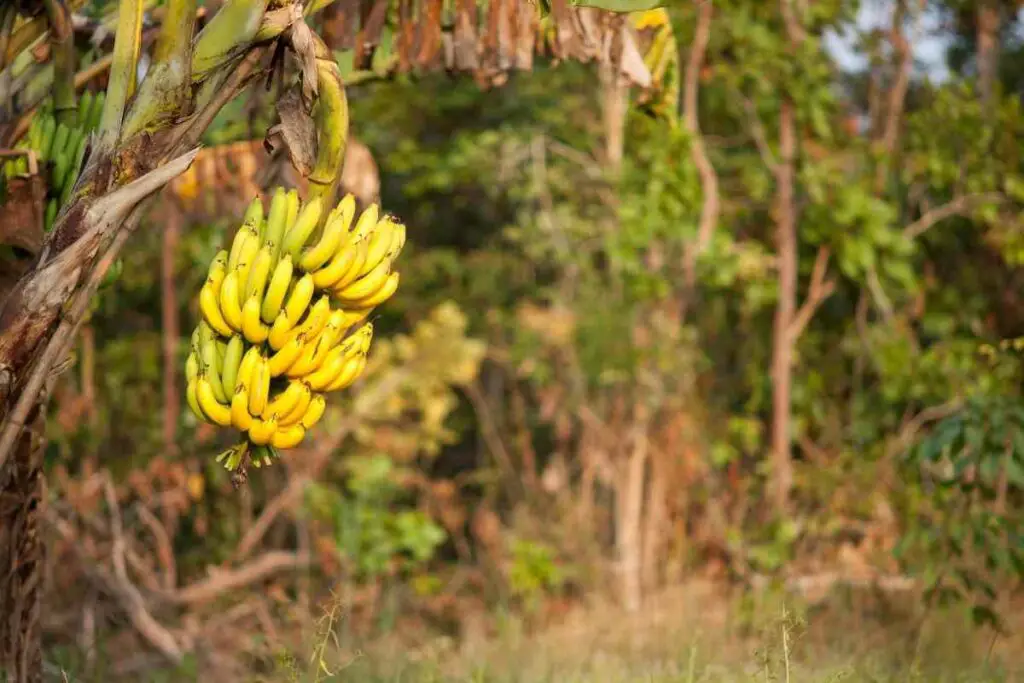
You can easily prevent this by simply throwing away any infected bananas you find. Washing your hands after handling them is also a good idea.
Overall, Nigrospora doesn’t infect humans and shouldn’t cause you harm.
What Should You Do If There’s a Red Fungus in Your Banana?
You should get rid of any infected bananas that you find.
You probably won’t want to eat them, and there’s no point in saving them.
Depending on where you live, you may want to show images of the banana to the store where you bought them to get your money back.
The store might also have other infected bananas that they’re selling without being aware of it.
If you have a compost bin at home, you can safely compost these bananas without worry. Many people prefer to get rid of them through composting so they don’t waste food.
It should only infect plants that are in tropical climates. However, throwing out the infected fruit is probably best if you live somewhere humid and warm.
If you find a red fungus in your banana, don’t panic. You can simply dispose of the infected fruit without worry.
What is a Red Banana?
Conversely, you might’ve encountered a banana that’s supposed to be red!
These bananas differ greatly from those infected with the Nigrospora fungus. They appear red on their peels, while infected ones are only red inside the fruit.
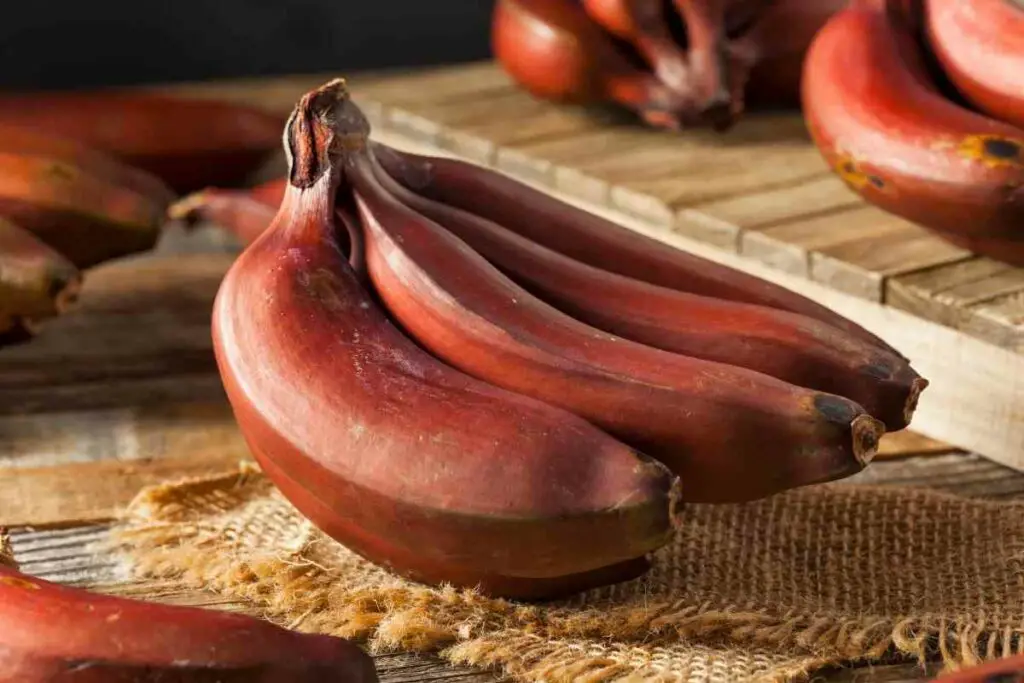
Red bananas are similar to standard bananas— they are both outstanding sources of dietary fiber and nutrients.
Although, many people say that red bananas have a sweeter taste than the yellow ones that we’re used to.
These bananas are also only red on the outside, so you can easily tell if they contain Nigrospora or another disease that makes bananas red under the peel.
Additionally – Red bananas are not genetically modified. They grow naturally and appear this way through many hundreds of years of biological selection and breeding.
So, if you want to enjoy a red banana, you don’t need to worry about it containing a fungus.
Red bananas naturally have this coloration on their peels and look similar to a normal banana on the inside, and they taste great!
What If the Center of a Banana is Black?
You might also open your banana to find that it has a black core.
You can still safely eat the banana at this stage; the darker coloration usually means that the banana is changing from fruit into a seed.
However, you won’t want to eat a very black banana that smells strange. These issues could indicate another fungal disease, or the fruit is starting to rot.
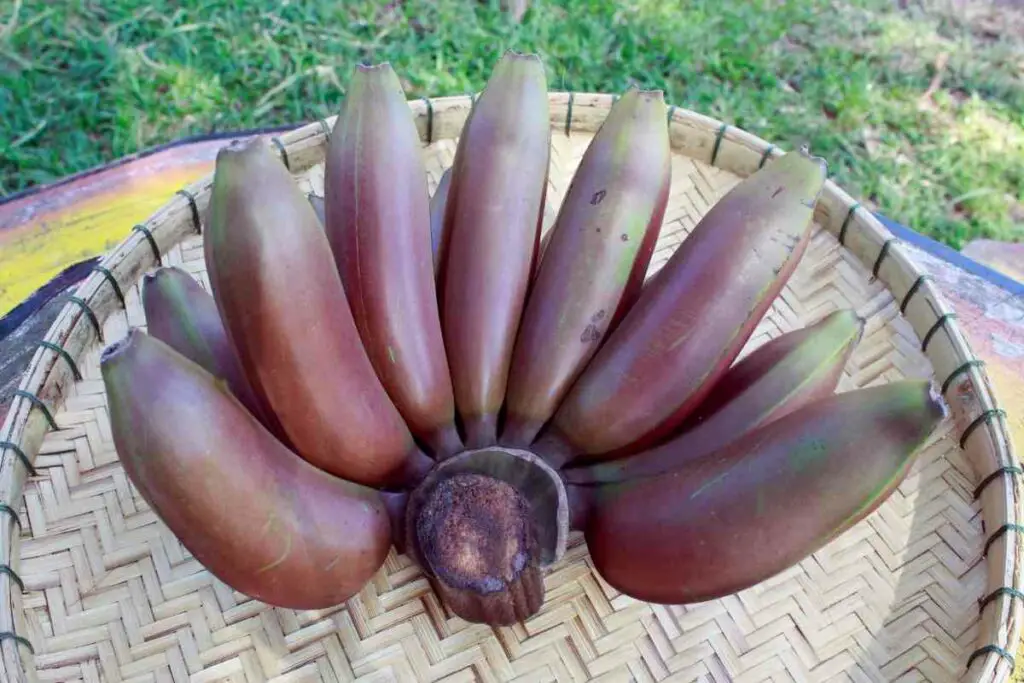
Generally, it’s not a problem for the core of the banana to be darker than the rest of the fruit. You’ll want to look over the banana carefully to determine if it’s spoiled or not.
Nigrospora can also cause the inner core of the banana to turn a very dark red— so dark that it’s almost black.
You’ll want to check for red spots on other areas of the banana to determine if it’s a fungal infection.
If you’re unsure why your banana looks strange, it’s always better to be safe and not eat it.
Most of these issues aren’t harmful to people, but the banana probably won’t taste good to you anyway.
- How to Dry Basil Leaves: A Professional Guide
- Is an Avocado a Fruit or Vegetable? Simple Answer and Explanation
- Does Pineapple Have Seeds? Exploring the Anatomy of Pineapples
- Blooming Through Winter: Can I Grow Vegetables Indoors in the Winter?
- What Can You Grow in a Greenhouse All Year Round: A Guide to Year-Round Greenhouse Gardening
- Are Blueberries Blue? Debunking the Myth of Their Color














